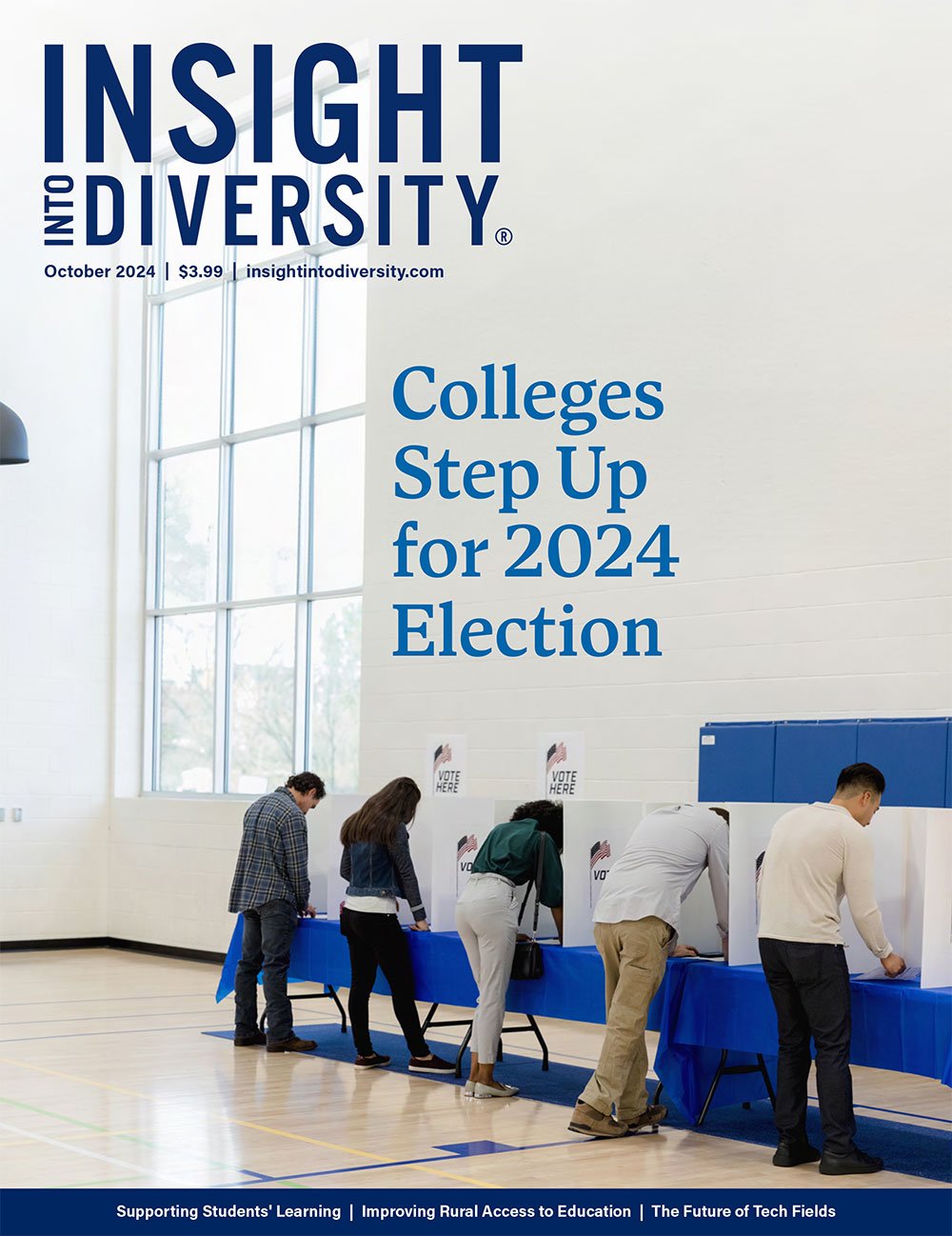The U.S. Department of Education has announced further details about the beta testing phases for the upcoming 2025-26 Free Application for Federal Student Aid (FAFSA).
This rollout aims to avoid the issues encountered during the previous cycle by rigorously testing the application process across diverse groups of students and educational institutions. The department has invited high schools, community-based organizations (CBOs), colleges, and state entities to participate in the testing phases, which start in mid-October and run through mid-November.
“We will expand our testing to include tens of thousands of students and many different types of high schools and postsecondary institutions,” FAFSA Executive Advisor Jeremy Singer said in a press release. “Testing the FAFSA system with real students and institutions in a wide range of contexts is critical to ensuring a successful launch by Dec. 1, and we are grateful to the many organizations that will help us achieve this goal.”
The first beta phase, Beta 1, will begin on October 1 and will involve hundreds of students from select CBOs and institutions. These in-person completion events will help test the system’s functionality in a controlled environment. The following phases will scale up significantly, with Beta 2 testing thousands of students and later stages involving tens of thousands. Each beta stage will allow the Department to identify and address potential system issues before the full rollout.
This testing initiative follows a challenging 2024-25 FAFSA cycle, marked by delays and technical glitches that caused disruptions for students and colleges alike. As a result, many private institutions reported smaller freshman classes and fewer financial aid recipients. Education Secretary Miguel Cardona has since promised improvements, ensuring that the revamped FAFSA system will be simpler and more efficient, with the December 1 launch being a critical deadline.
To facilitate the process, organizations interested in participating in the testing can submit an interest form, and the education department plans to engage a broad range of stakeholders to ensure that the system is thoroughly vetted. The goal is to restore confidence in the federal financial aid system and prevent future disruptions that could affect students’ access to necessary financial resources.
Despite earlier setbacks, the education department noted the change in the FAFSA process has led to an additional 500,000 students being eligible for Pell Grants compared to last year.




















